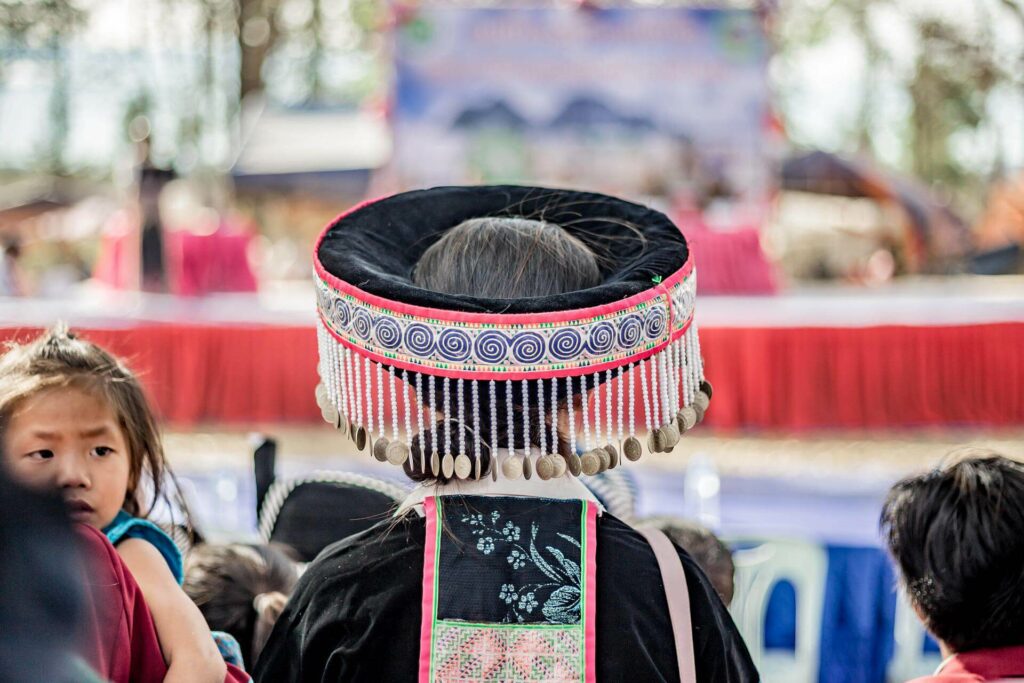
How the Patriarchy has Ruined the Bride Price
Marriage is an event that is universally celebrated, and every culture has their own marriage practices. A few years ago, the Hmong marriage customs were at the forefront of a controversial and heated debate. The bride price, a prominent part of Hmong marriage customs, was dubbed by the media as “Hmong men buying Hmong women.” The controversy sparked around the time Mai Neng Moua released her book “The Bride Price: A Hmong Wedding Story,” and a spectrum of audience started discussing the contents of her story. Despite the debate about the bride price, I think at the root of it, the bride price holds a meaningful and beautiful custom.
The bride price is an amount of money the courting male has to pay the woman’s parents in order to receive her hand in marriage. The bride price is typically set by the parents and failure to pay may result in dismissing the marriage. While some parents may abuse this practice by setting an extremely high bride price to delay or prevent the marriage, the custom itself has pure intentions.
First, the bride price is similar to a marriage contract–a promise to the bride’s parents that the husband will love, cherish, and respect their daughter. Since the Hmong are extremely family oriented, families are involved in the marriage process. Instead of only promising the wife a happy and bountiful marriage, the husband makes the promise to her family as she will now leave her family and cut spiritual ties with them to join her husband’s family.
Second, the bride price is a sign of respect for both the bride and her family. The bride price acknowledges all the hard work the bride has contributed to her family. It also acknowledges that she was an asset to the family and her presence will be appreciated by the husband and his family.
Lastly, the bride price is a sign of respect and empathy for the bride’s family. The bride’s family will be losing a member of their family and the bride price can (if the parents choose to), help the family as their finances will be impacted by their daughter’s leave. Often, the bride’s parents choose not to spend the money because they value it as a marriage contract. If the husband and wife get divorced, the bride’s family will typically return the money as the marriage contract will be retracted.
What many people fail to realize is that the bride’s parents and family members gift the bride and groom a dowry. The dowry often includes traditional Hmong outfits, family heirloom silver bars, silver necklaces, coin belts, dishware, bedding, money, and other household essentials to help the newlyweds start their life. The dowry usually amounts to the bride price, so under this circumstance the bride price and dowry are essentially an equal trade.
Unfortunately, this thoughtful marriage custom has been weaponized by the patriarchy. Instead of a marriage contract and respectful gesture, the bride price has become a justification to oppress women. The bride price is then seen as a transaction and women become mere objects. Since the husband “paid” for the wife, he owns her as property and can do whatever he likes to his “property.” The patriarchy has taken a beautiful tradition and ruined it to maintain power and control.
Obviously, not all men weaponize the bride price in that manner, but the patriarchy has definitely warped the thoughtful and respectful meaning behind the bride price. I think this is one of the reasons why many Hmong youths despise the bride price. The lack of teaching about our traditional marriage customs along with misunderstandings of traditional practices has tainted our youth’s views on our culture.
I used to view the bride price as an immoral cultural practice deeply rooted in the patriarchy. However, after learning more about our marriage customs, I began to understand the pure intentions behind the bride price. Many of our traditional practices, like the bride price, were created to show respect, give honour, strengthen familial relationships, and build community but have been weaponized by the patriarchy.
With how the bride price has evolved, I hope our Hmong men will honour the true meaning behind the bride price instead of the bride price that is tainted with toxic masculinity.
I don’t believe there is an agree or disagree box to check when it comes to the debate about the bride price. I think there is a lot of toxic masculinity attached to the contemporary bride price. On the contrary, I appreciate the bride price in its purest form. I have learned how to appreciate the traditional meaning of the bride price while being aware of how it is also weaponized to oppress our women. I believe the future generation’s view on the bride price will be dependent on whether our generation can dismantle toxic masculinity and the patriarchy or not.
References
https://www.wpr.org/hmong-american-author-explores-bride-price-memoir
https://docs.lib.purdue.edu/cgi/viewcontent.cgi?article=1173&context=jsaaea









Responses